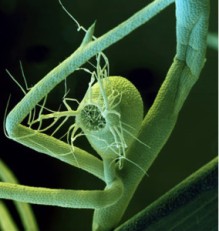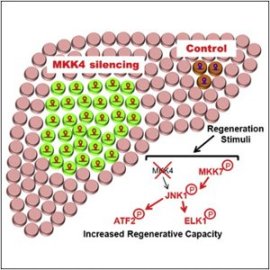The general reputation of bacteria is that it causes disease, so the idea of tossing down a few billion a day for your health might seem — literally and figuratively — hard to swallow. Probiotics (from pro and biota, meaning “for life”), are basically live microorganisms that confer a health benefit on the host. It’s not surprising why then, therefore, Europeans consume a lot of these beneficial micro-organisms because of their tradition of eating foods fermented with bacteria, such as yogurt. The study reported in Gastroenterology by UCLA scientist’s shows that changing the bacterial environment or microbiota in the gut can have significant implications on your brain functions.
A research was conducted on 36 healthy women in the age group of 18 to 55 having no past gastrointestinal or psychiatric symptoms. These women were divided into the group of three: one group consumed a specific yogurt containing a mix of several probiotics which were bacteria thought to have a positive effect on the intestines, twice a day for four weeks; another group consumed a dairy product that looked and tasted like the yogurt but contained no probiotics; and a third group ate no product at all. The women were given an emotion recognition task where they had to view the pictures of people with angry or frightened faces and match them to other faces showing the same emotions. This was basically done to measure the involvement of brain regions to visual stimuli. The participants then underwent a technique called as Nuclear Magnetic Resonance imaging which scanned the brain of these women before and after this four-week study period. The results were interesting.
The researchers found that, women who ate the probiotic yogurt showed a decrease in activity of two important areas of brain whereas women who ate no probiotics showed stable or increased activity. It was only suspected until proved that there is a two way gut-brain connection. Certainly, some chemicals produced by gut bacteria triggers such signals to the brain. This is an interesting finding which opens up a scope in future that leads to expansion of research aimed at finding new strategies to prevent or treat digestive, mental and neurological disorders by modulating dietary changes in human.
Reference:Tillisch, K., Labus, J., Kilpatrick, L., Jiang, Z., Stains, J., Ebrat, B., Guyonnet, D., Legrain-Raspaud, S., Trotin, B., Naliboff, B., & Mayer, E. (2013). Consumption of Fermented Milk Product with Probiotic Modulates Brain ActivityGastroenterology DOI: 10.1053/j.gastro.2013.02.043




